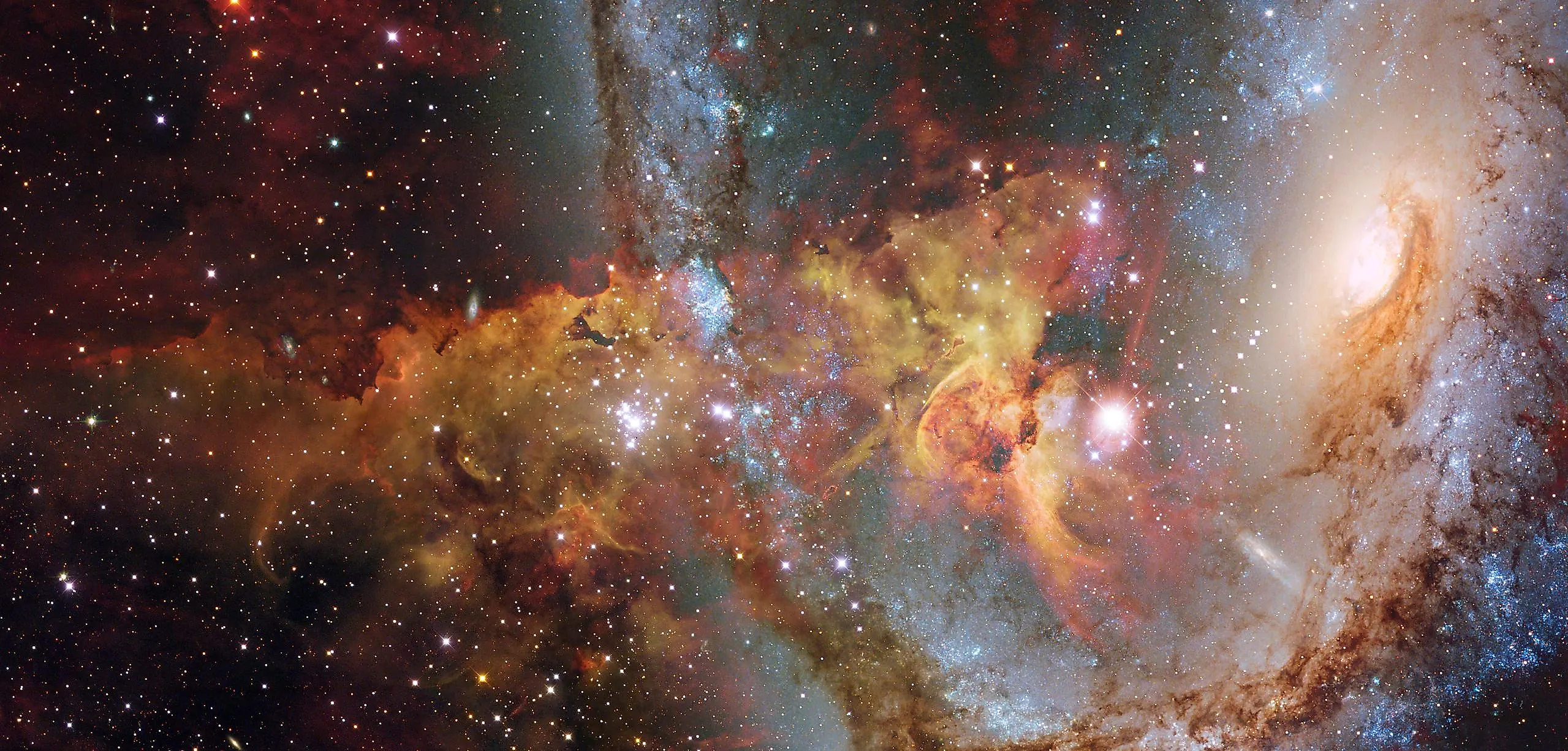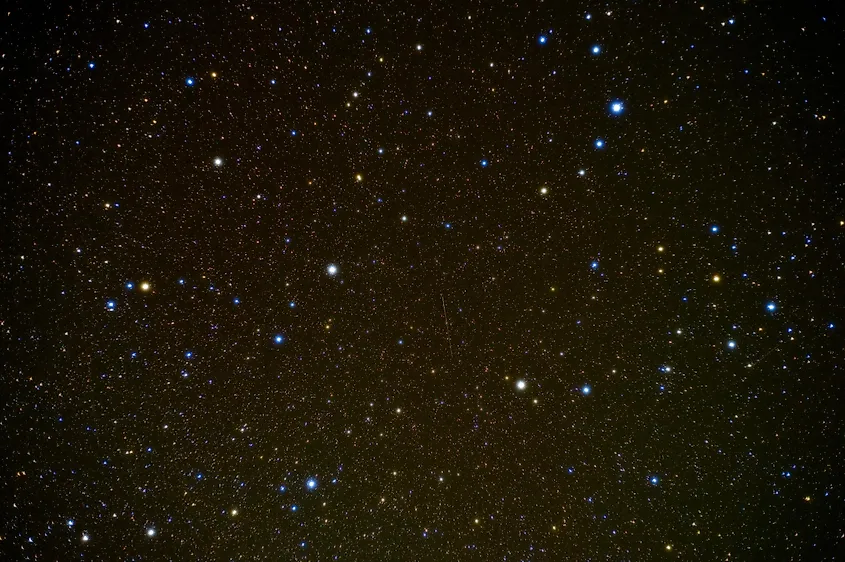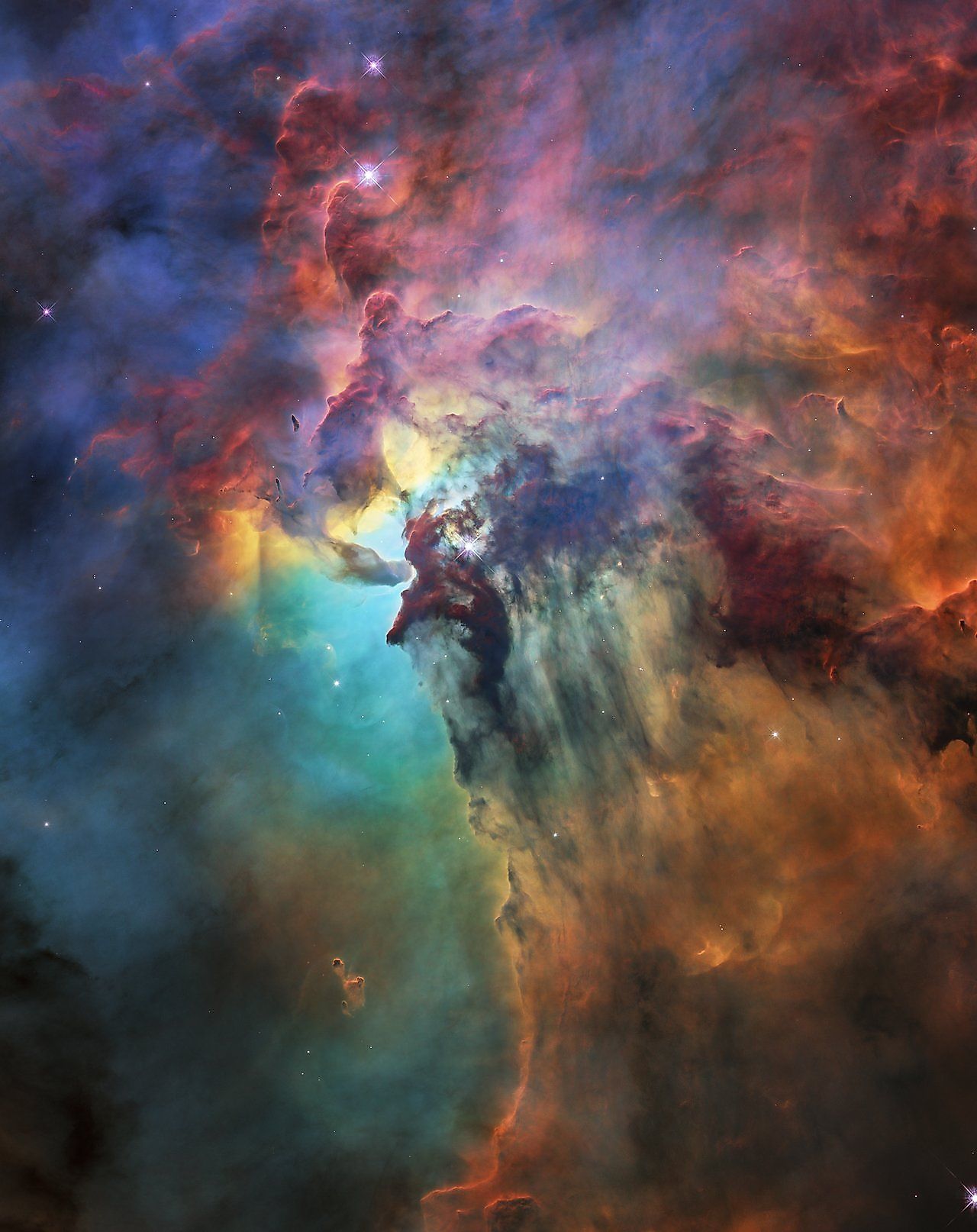
The Largest Object in the Universe
The science of astronomy deals with the largest known objects in the universe. Although things like planets, stars, and even galaxies are unbelievably huge to us, they are dwarfed by the largest known objects in the cosmos. The largest objects in the universe are galaxy clusters, the largest of which is estimated to be around ten billion light years across.
Galaxy Clusters

As their name suggests, galaxy clusters are vast groups of galaxies, some of which can contain many thousands of galaxies. Nearly every galaxy in the universe belongs to a cluster, including our home galaxy, the Milky Way. The Milky Way, along with all of our neighbouring galaxies, are part of the Virgo Supercluster of galaxies, which spans a distance of 110-million light years. Even that may seem gigantic, yet it is tiny compared to the largest known galaxy cluster.
To date, the largest galaxy cluster discovered is the Hercules-Corona Borealis Great Wall, which spans an estimated distance of ten billion light years. It takes light a staggering ten billion years to travel from one end to another. Since the universe is 13.8-billion years old, galaxies from one end can see galaxies on the other end as they were less than four billion years after the Big Bang. Furthermore, the observable universe has an estimated diameter of around 93-billion light years, and so the Hercules-Corona cluster spans 10.7% of the total diameter of the observable universe.
Can Galaxy Clusters Be Considered Objects?
It may seem strange to identify a group of galaxies as a singular object, yet there is a fairly simple way of seeing why this is the case. For example, planets are considered to be individual objects despite the fact that they contain countless different components. On Earth, individual objects we use in our daily lives are made of countless atoms, yet we still view them as singular objects. That’s because we can generally ignore the individual components of an object and simply consider the entire structure as one object. The same is true for galaxy clusters, which although contain a multitude of galaxies, they can be viewed as singular objects on extremely vast scales.











